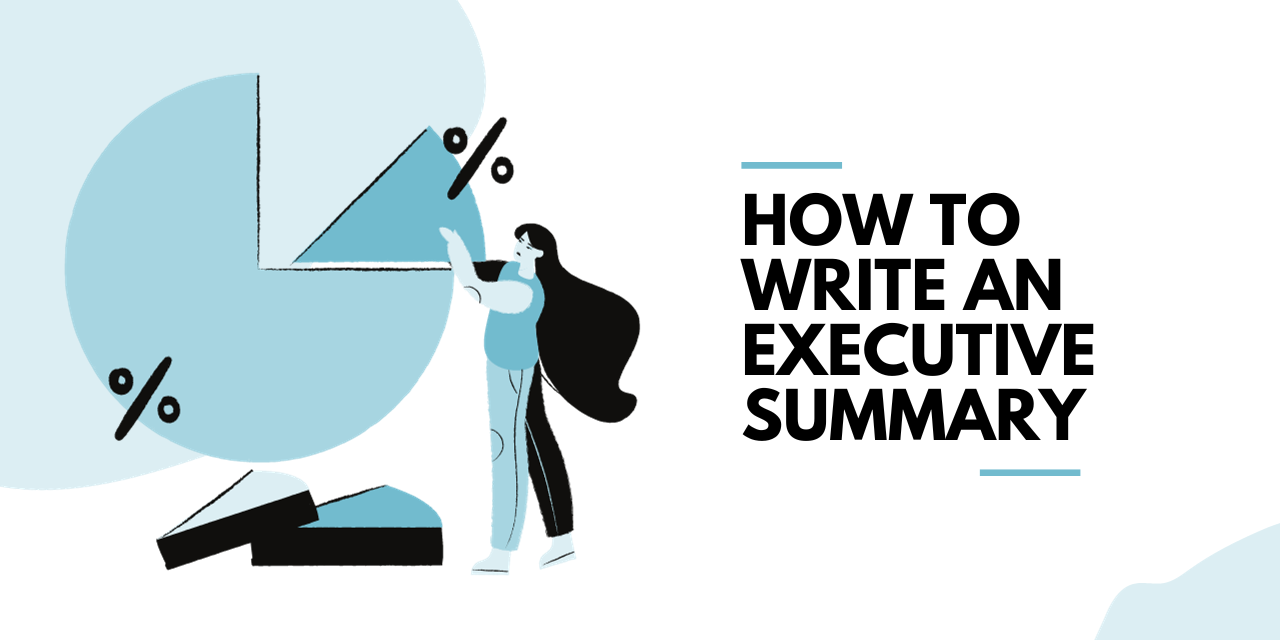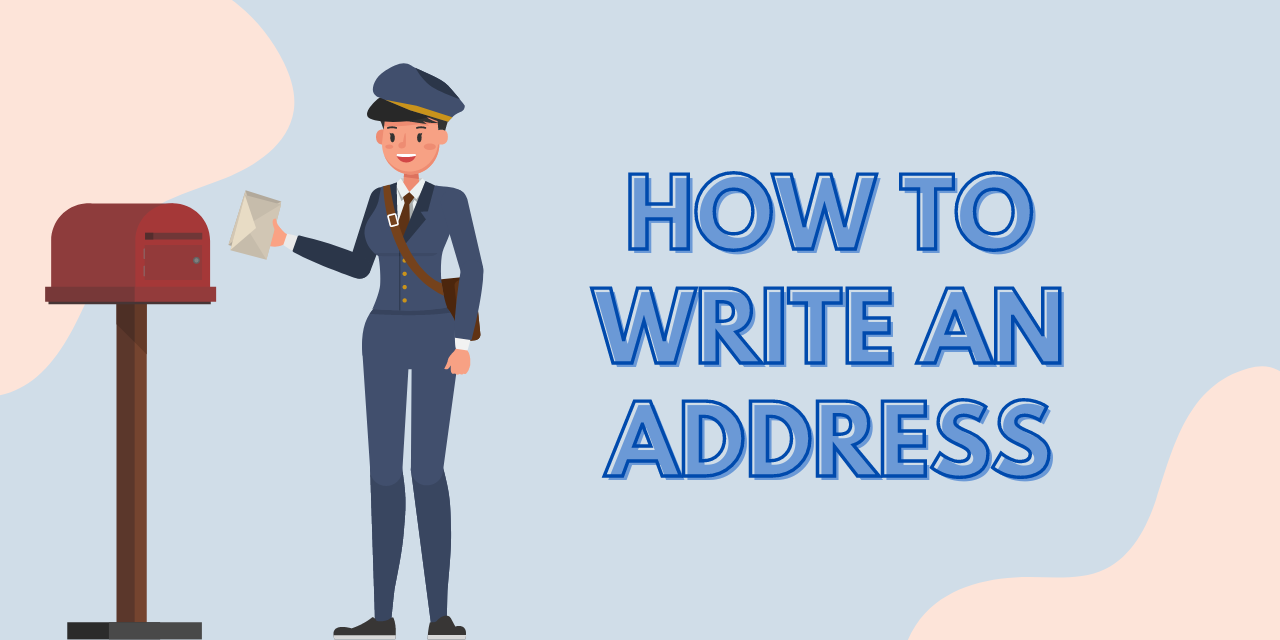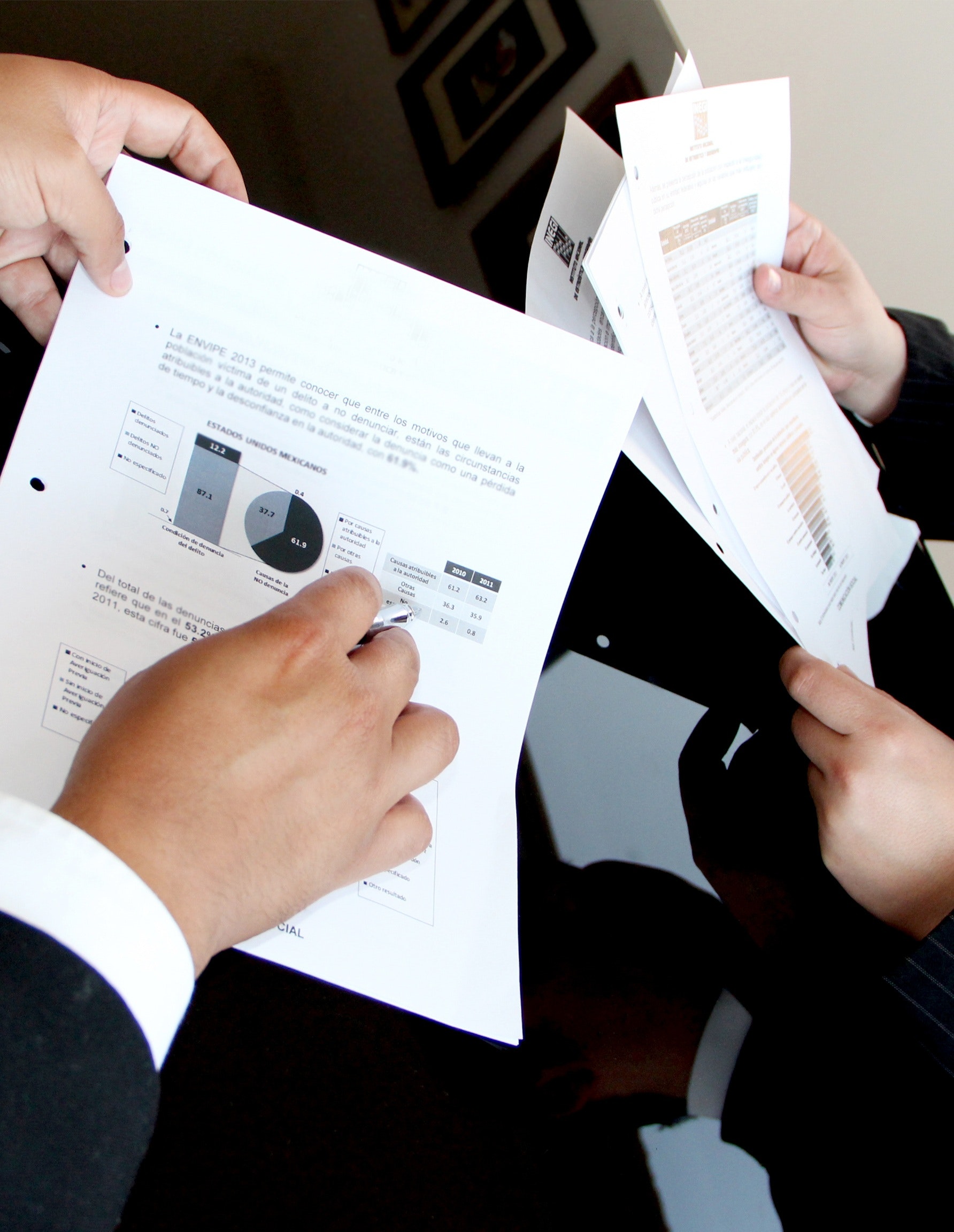Persuasive content writing—website pages, blogs, marketing campaigns, newsletters, and digital ad copy—all have one thing in common. They demand the perfect call to action. If you need more subscribers, sales, or a jumpstart to your leads-to-conversion rates, then it’s time to use a great call to action! And learning how to write a call to action is easier than you might think. Let’s get started.
What Is a Call to Action?
A killer call to action does two things: It tells the reader what you want them to do, and it provides the motivation to do so. It is basically a few words or a phrase that you use to convince the reader to take action and do it now!
Use Action Words
Your goal is to motivate the reader to DO something, to take action. Think of the CTA as a verbal command—you are telling them what to do next and why it is essential. Therefore, you will need to use action words to do the job. Check out these CTA examples that start with an action verb:
- Order Now
- Get It Today
- Shop Here
- Join For Free
- Buy It Here
- Watch It Now
- Send Me Specials
Convey a Sense of Urgency
Knowing how to write a compelling call to action is one thing. Knowing how to add a sense of urgency to it is taking it to the next level. When something is time-sensitive, we tend to pay more attention to it. We reread it because we don’t want to miss out by being late. A call to action that employs urgent words or a reminder that time is running out is an excellent way to get the reader to click on the CTA button quickly.
Here are some examples of CTAs that suggest a feeling of urgency:
- Act Now!
- Save 15% Today!
- Time Is Limited
- Claim Your Free Trial
- We Need Your Help!
- Limited Edition
- First Order Free—Shop Today!
Short and Sweet
Keeping the call to action short and sweet is the key. Strive to be concise, not too wordy. That being said, there’s nothing wrong with having a call to action that is a full sentence. Or maybe even two. But, in most cases, a shorter, direct CTA is the best bet. Focus on what is most important in your message. Keep it brief and straightforward. Too many words, too many options may spell too many chances for the reader to get distracted and leave the page. So, opt for a succinct, easily identifiable call to action. For example, try these CTAs:
- Subscribe
- Sign Up Free
- Get Started
- Try It
- Learn More
- Who We Are
- Calculate
- Join Us
Use a CTA Button
A clickable call to action button is simple to use. It clearly stands out on the page, and the reader knows exactly what to do. Keep it to less than five words. Otherwise, it just looks crowded and messy on the button. Use a contrasting color to grab attention. And avoid using “Click Here” for a CTA button. It’s outdated and will make your marketing look amateurish. Instead, opt for a simple CTA button like these:
- Contact Us
- Discover More
- Read More
- Sign Up and Save 20%
- Start Your Free Trial Today
- Donate Here
Use Hyperlink Text in a Long Form CTA
A call to action can also effectively be used in anchor text—the blue, underlined clickable text in a sentence containing a hyperlink. You may need to offer more incentives or reasons behind why you want the reader to take action. Offer a little backstory. Present an example. Explain how you can help. Check out these examples:
- Ready to build your new home? Let’s start this journey together. Give us a call today.
- When you’re ready to start the application process, we will walk you through it line by line.
- Want to provide food and shelter to an animal in need? Donations to our shelter can save a life. We appreciate your support!
Find Out What Works
It’s important to find out what works… and what doesn’t. Just because you’ve come up with a great call to action doesn’t necessarily mean it’s the right call to action for your ad campaign. Some CTAs rank lower than others in terms of conversion rates. Marketing campaigns often run experiments to see which types of CTAs are more successful than others. For instance, “Sign Up” doesn’t do as well as “Learn More” in some settings. Apparently, users associate “Sign Up” with entering their credit card or ending up on a mailing list. In comparison, “Learn More” doesn’t carry the connotation of commitment.
Therefore, you may have to experiment with a few different CTAs until you find the one that gets you the most clicks.
Writing a great call to action is easy once you understand the basics. Aim to create a CTA that is strong, well-crafted, and geared to your specific audience.






